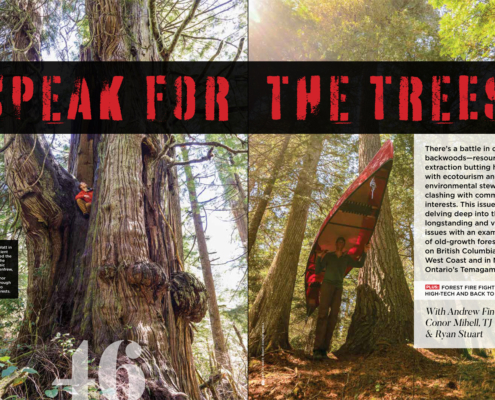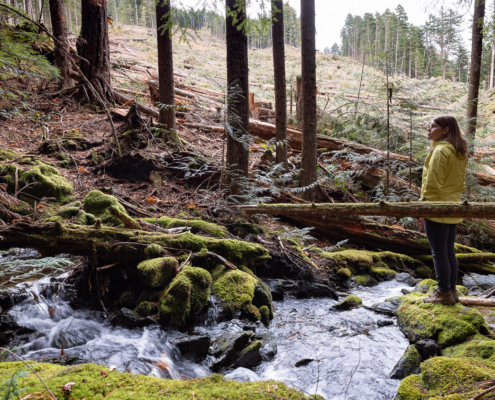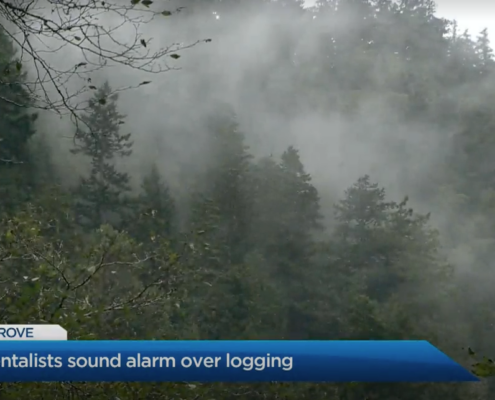
Explore Magazine: Speak for the Trees
See this article in Explore Magazine which features an interview with AFA's TJ Watt and covers the history of the Avatar Grove campaign, the economic value of standing old-growth forests, and debunks…

AFA 10-year anniversary celebration postponed
Ancient forest friends: To ensure the health and safety of our staff and supporters, we've decided to postpone our 10-year anniversary celebration on April 3rd in light of COVID-19.
We will reschedule…

Cathedral Grove at risk from old growth logging uphill from popular site, say conservationists
Here's a CBC News article about clearcut logging of ancient forest "hotspot", Mt. Horne, located above Canada's most famous old-growth forest, Cathedral Grove.
Come Celebrate 10 years of the Ancient Forest Alliance!
Join the Ancient Forest Alliance on Friday, April 3rd, for a very special evening to celebrate our 10-year anniversary, our wonderful community of supporters, and the many accomplishments you've helped us achieve over the last decade.

Logging concerns around Vancouver Island’s famous old-growth forest
Watch this Global News piece about recent old-growth
clearcutting on the mountainside above Cathedral Grove, featuring AFA's Andrea Inness.

Old-Growth Logging on Mountainside Above Cathedral Grove Illustrates Urgent Need for BC Land Acquisition Fund for Protection of Endangered Private Lands
Old-growth logging on private lands on the mountainside above Cathedral Grove has put Canada’s most famous old-growth forest at risk and illustrated the urgent need for provincial funding to purchase and protect endangered ecosystems on private lands.
